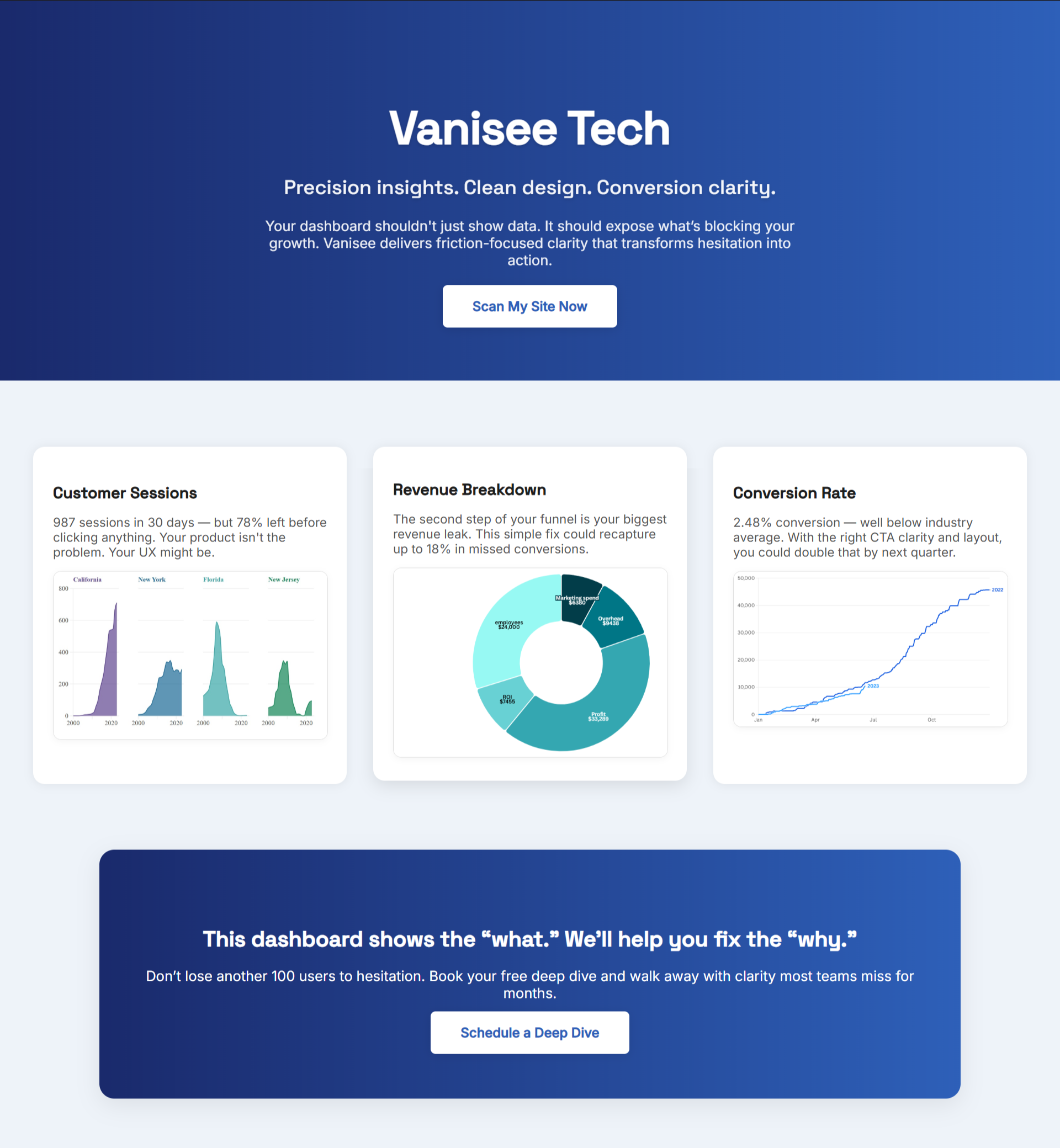You don’t hire an MVP development agency for code. You hire them for outcomes. If a stranger can’t land the first win in minutes, the roadmap becomes an invoice. This playbook turns your next sprint into paying users you can measure today.
Define The One-Week Outcome
Pick a single outcome you can ship and verify this week. Think small, concrete, and valuable.
- Create one project from a template and share it with a teammate.
- Import real data and run one meaningful calculation.
- Connect to a live integration and see a result update.
Write the outcome in one sentence you’d say during a demo. If that sentence isn’t crisp, the sprint won’t be either. For a tight checklist you can hand to your vendor, the framing in How to Evaluate an MVP Development Company Before You Sign the Contract keeps scope grounded in decisions buyers actually make.
Scope Screens Backward From The Win
Start at the end state, then work back step by step until step zero.
- End State: the visible proof (file created, report generated, sync complete).
- Action: the single button that gets the result (Create, Generate, Connect).
- Setup: only the inputs required for that action.
- Entry: headline + subhead that state the outcome in plain language.
Freeze nouns. If the end state is “Report,” don’t call it “Dashboard” somewhere else. Keep verbs stable too. This trims cognitive load so new visitors move with confidence—momentum you can’t buy with more features.
Write The Page That Sells The Click
Rankings don’t convert; pages do. Make your “decision page” earn the next step.
- Headline comprehension: can a first-time visitor restate the offer within ~7 seconds?
- CTA visibility: is the primary action in the first scroll on mobile and desktop?
- Proof near action: one short trust line (privacy, time to value, reliability) within an inch of the button.
- Objection coverage: two or three one-sentence answers (setup time, cost clarity, ROI expectation) placed beside, not below, the action.
- Contrast: remove competing links around the primary CTA.
When teams neglect these basics, launches wobble after day one. The pattern shows up in MVP Development Company Blind Spots That Stall Growth After Launch—the fix is clarity on the page, not another sprint in the backlog.
Run The Two-Loop Sprint
Replace slow status updates with two fast loops—one for learning, one for proof.
- Build Loop (Mon–Tue): Approve copy and states before code. Lock the storyboard: Frame → Action → Proof → Next Step.
- Show Loop (Thu): Demo the exact path a buyer takes. Call out what changed in comprehension, CTA visibility, and proof placement. Pick one friction fix for next week.

Scope that doesn’t move the storyboard waits. You’ll find saying “not yet” to clever settings protects speed far better than saying yes to everything. If you’ve felt that sting before, MVP Development Company Shortcuts That Cost More Than They Save explains why tiny detours become big delays.
Measure Signals That Predict Pipeline
Forget month-end vanity. Track five signals you can move in days, not quarters.
- Headline comprehension: Stranger can restate the promise in their own words within ~7 seconds.
- CTA visibility (first view): Primary action sits in the first scroll across devices.
- Click concentration: Majority of clicks cluster on the primary CTA rather than scatter to secondary links.
- Proof interaction: A trust element (badge, metric, policy) is seen before the click.
- Objection exposure: Short answers near the button are seen—not buried—before action.
When comprehension and CTA visibility rise together, conversion usually follows. If those numbers sit flat while sessions climb, the problem isn’t traffic—it’s hesitation on the page.
“The only way to win is to learn faster than anyone else.” — Eric Ries
Bring Proof To The Page In Minutes
You shouldn’t wait a quarter to find out if the new flow works. Read the live page now.
BluePing reads your decision page and shows, in about 30 seconds, where confidence holds and where hesitation creeps in—a quick preview with a few strengths to keep and one clear red-flag to fix. Use it on the page that carries the most qualified intent: pricing, onboarding, a service page, or your top product page. The deeper issues unlock in the full report for $395, which lays out every fixable friction point in plain view across devices.
Stop the leak before next week. Scan your highest-traffic page now. Your preview locks in after 10 minutes to protect your data. Unlock the full report for $395 and fix what’s costing you — it takes under a minute to join, and hundreds of founders are already queued for early access.



.png)

.png)